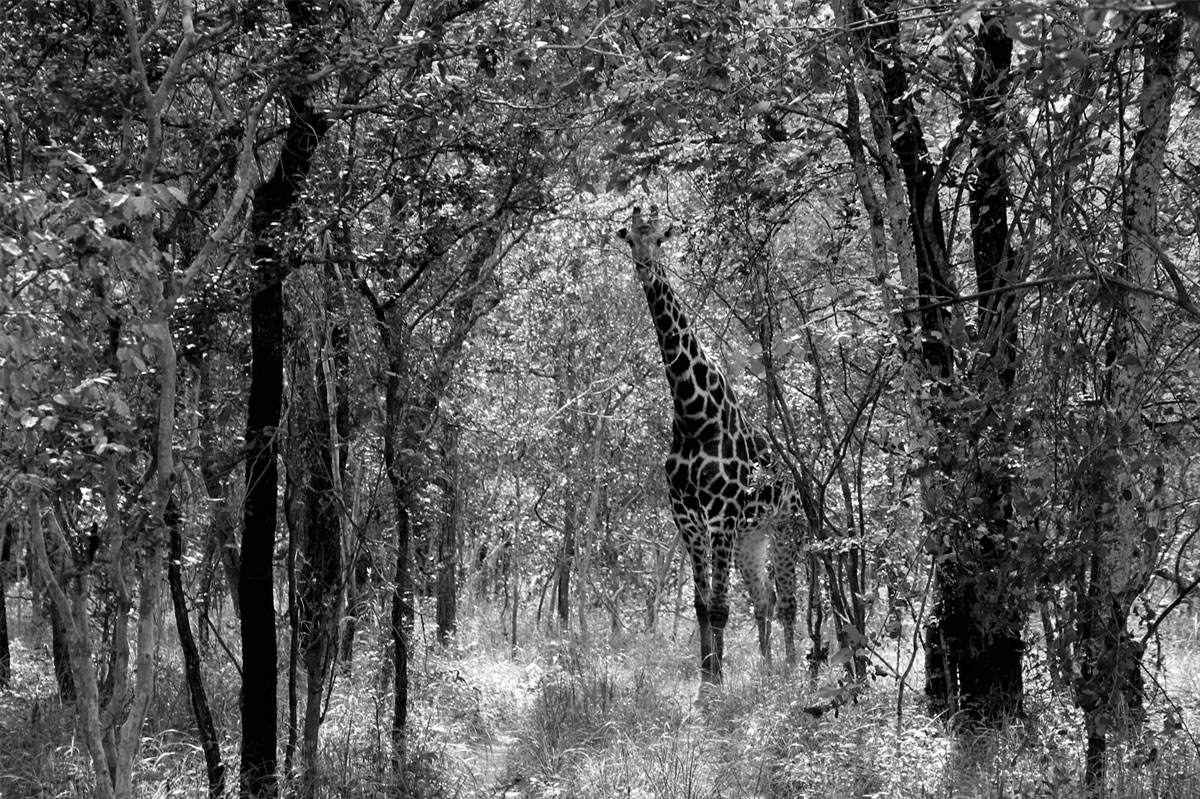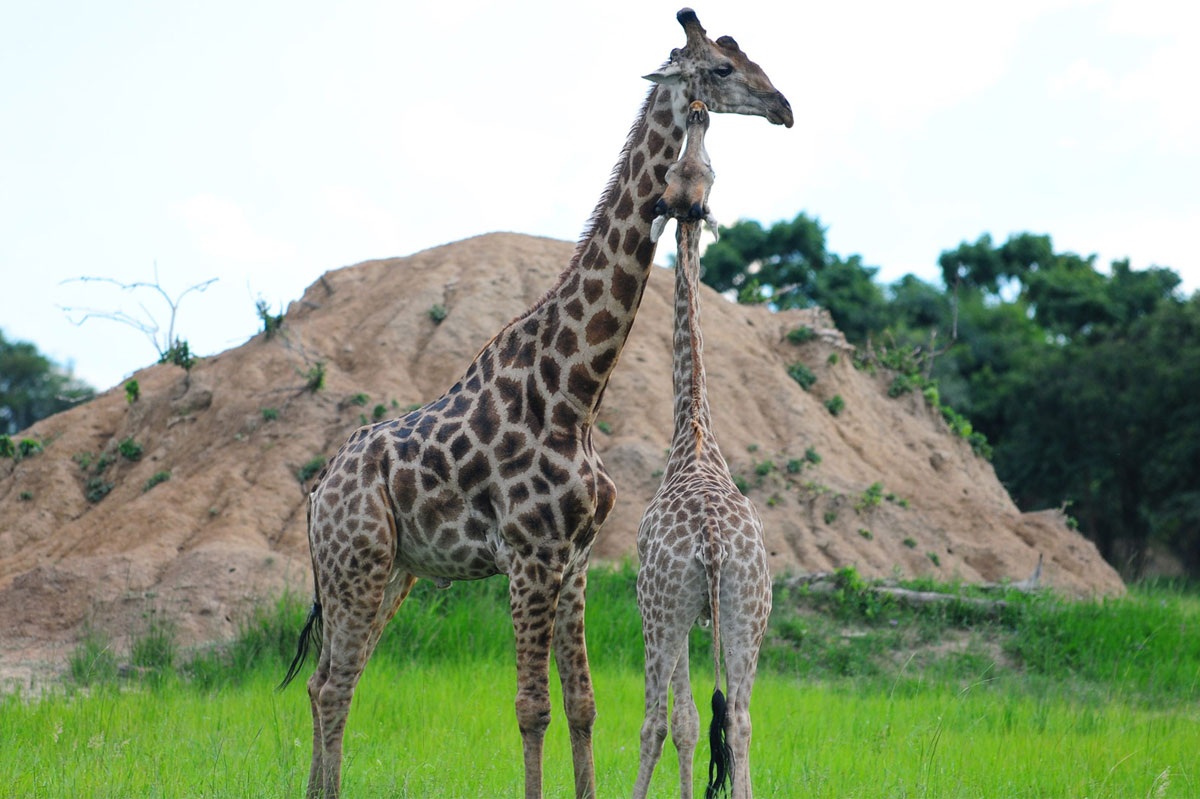Nature & Wildlife
The Chaminuka Nature Reserve, the first private Wildlife Park in Zambia, was licensed in 1979. It has now matured and it is a joy to see how the animals of the Zambian bush have settled in and adapted and made Chaminuka their natural habitat as if they have been here for centuries.
Chaminuka has an abundance of wildlife – there are more than 72 species in the Park, including Puku, and Kafue Lechwe, that are exclusive to Zambia. On Game Drives guests will have the possibility of seeing a variety of cats, primates, reptiles, as well as Lion, Elephant, Giraffe, Burchells´ Zebra, Spotted Hyena, Porcupines, Roan, Eland, Sable, Blue Wildebeest, Hartebeest, Tsessebe, Buffalo, Impala, Bushbuck, Warthog, Buffalo, and many others
Chaminuka is designated as an Importtant Bird Area (IBA)
Due to the variety of habitat from savannah to forest, to lakes with marsh and reed-beds, Chaminuka has a large diversity of bird species which makes it a perfect destination for bird-watchers. More than 300 species of birdlife have been recorded at Chaminuka, including some rare species unique to Zambia.
Furthermore, in the 1980s Chaminuka re-introduced the “Blue Neck” Ostrich to Zambia after it became extinct in the 1940s. Other common sightings are the Helmeted Guinea Fowl, Francolin, Partridge and a variety of ducks and geese. Some of the rarer species include the Wattled Crane, Hammercop, Saddle-billed Stork, Secretary Bird etc. Many migratory birds such as the Great White Pelican, Abdim´ Stork and many varieties of ducks and geese visit our lakes during their annual sojourns from the Antarctic to the Russian Steppes and back.
Mainly Miombo Woodland, Savannah and Fields that Chaminuka is in the process of rehabilitating. We try to plant some 5,000 trees every year – all local species (no Jacaranda or Bouganvillea, or Pine or Gum trees), which will take 35 years to grow.
We also play a role in conservation and species gene pool management in Zambia, with strong partnerships with the government’s park and veterinary specialists. Our successes include the re-introduction to Zambia of the blue neck ostrich, that had been extinct since the 1940s.












